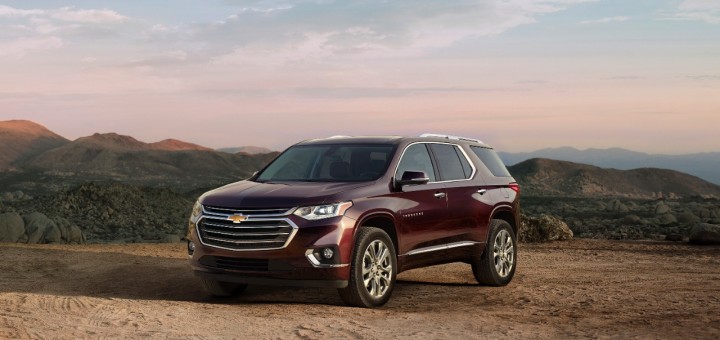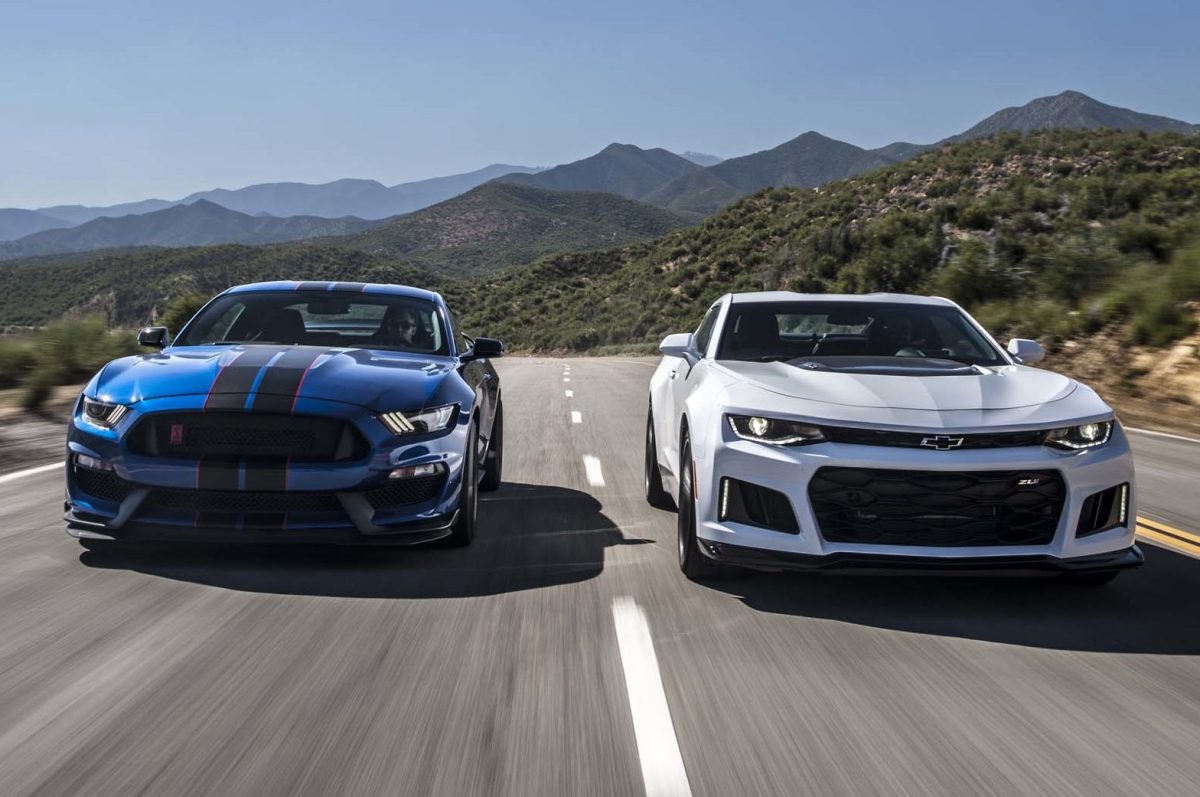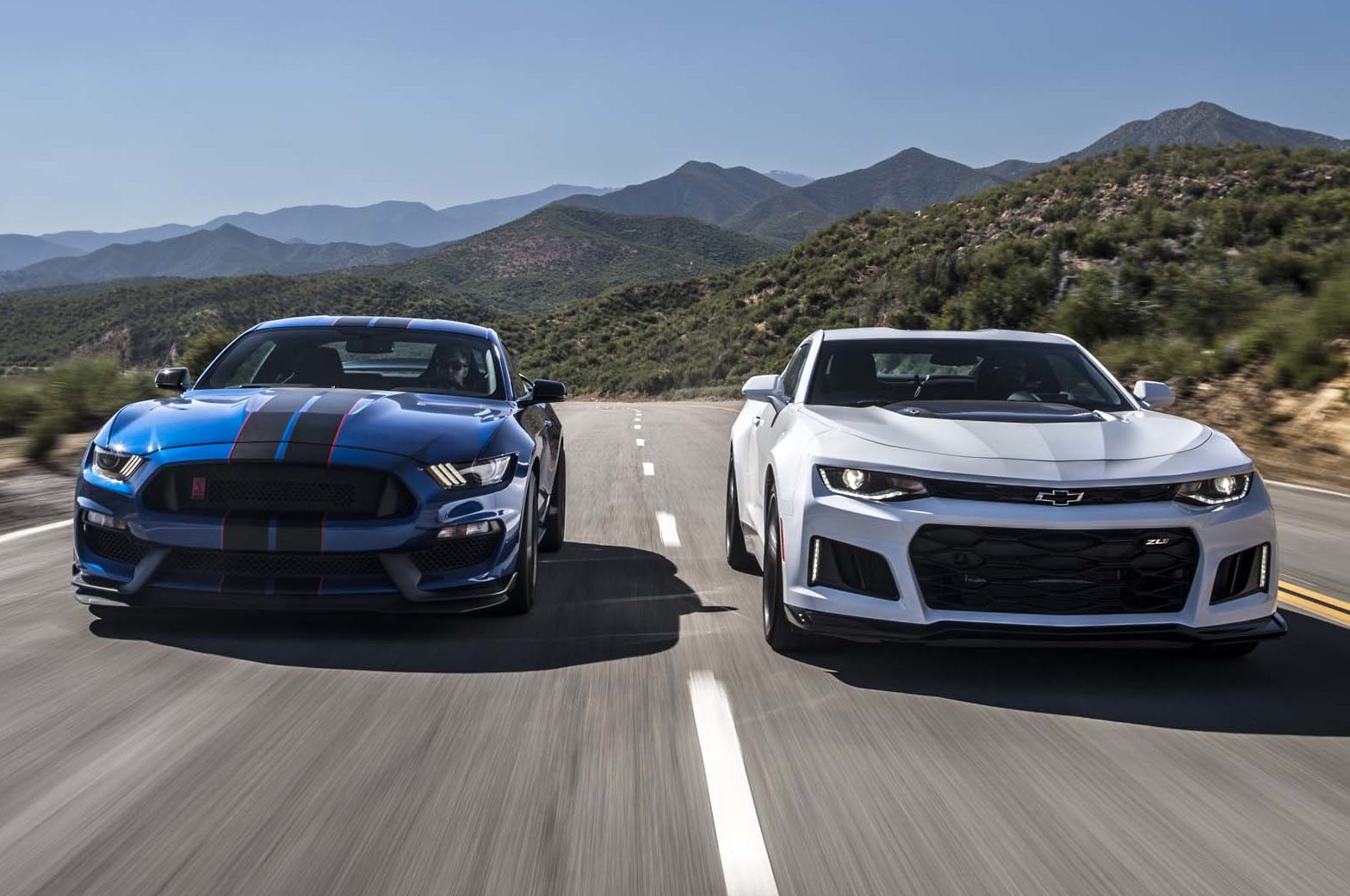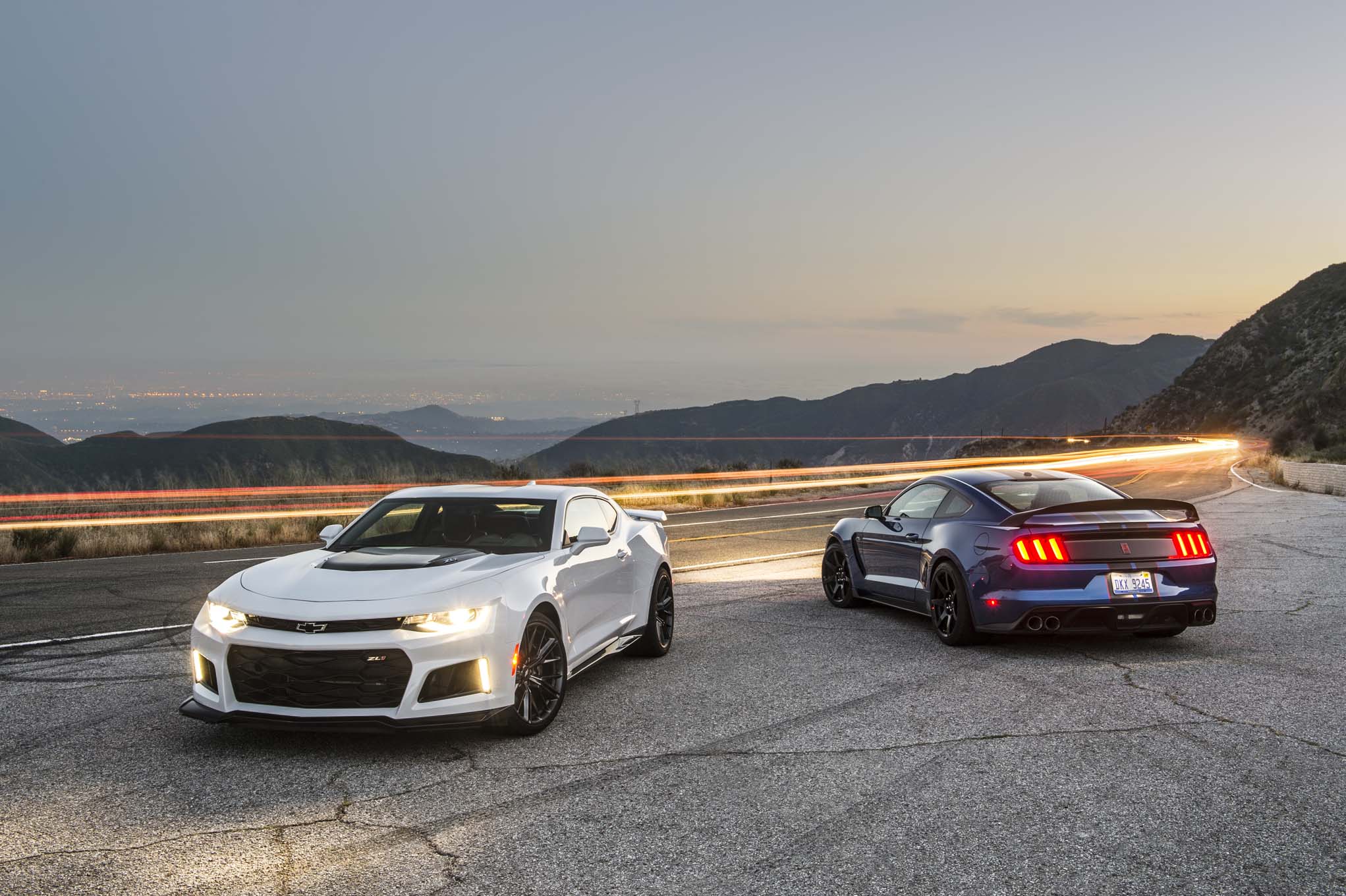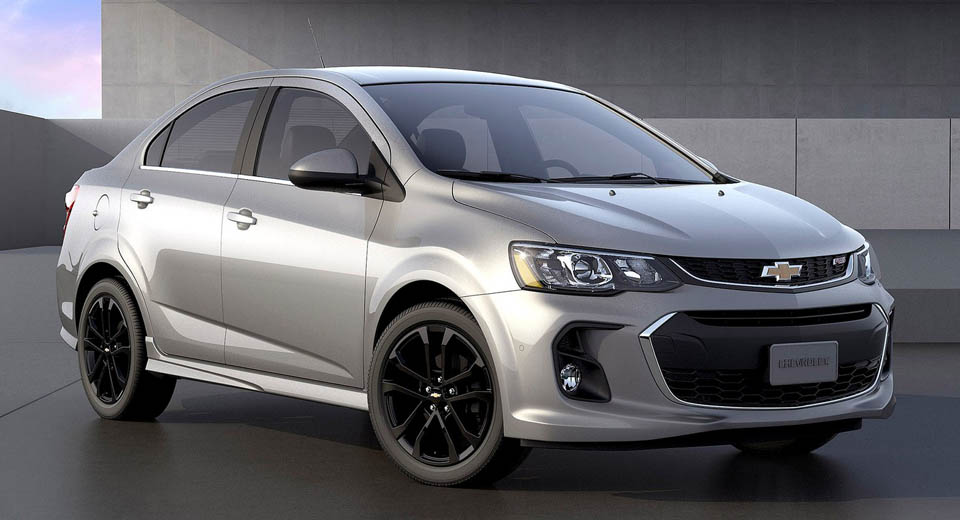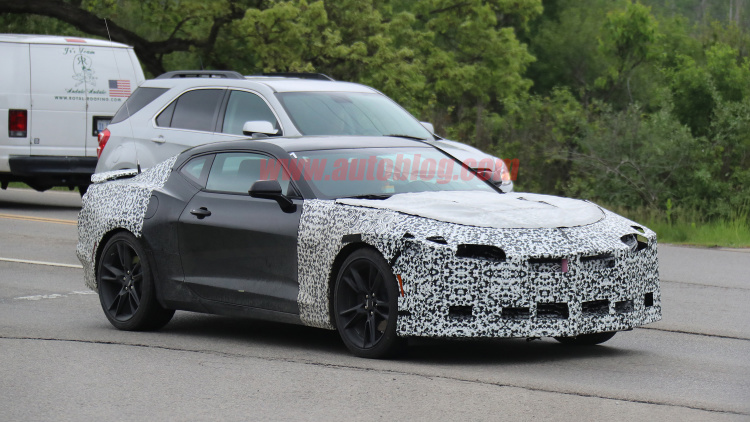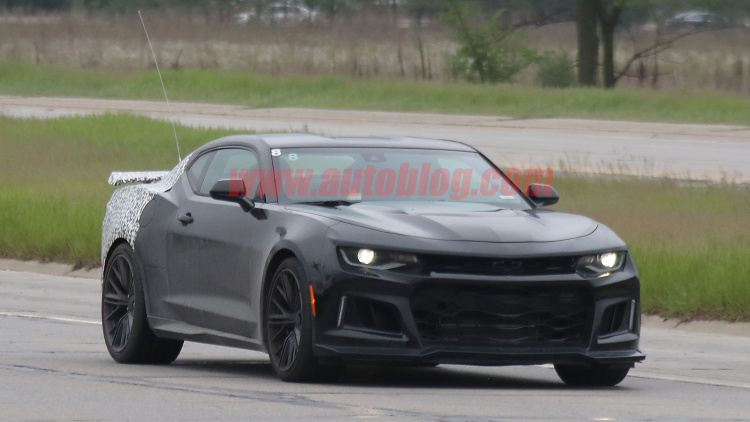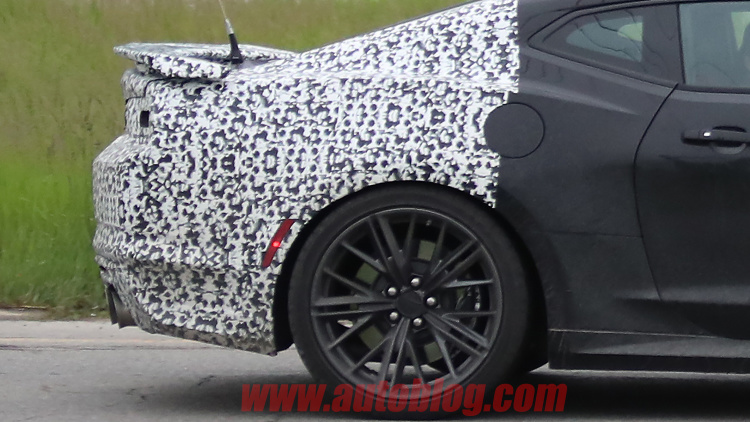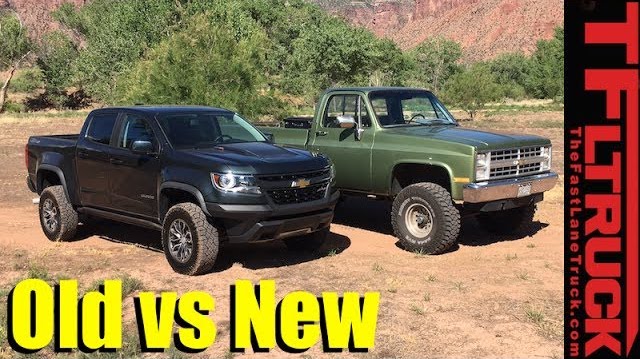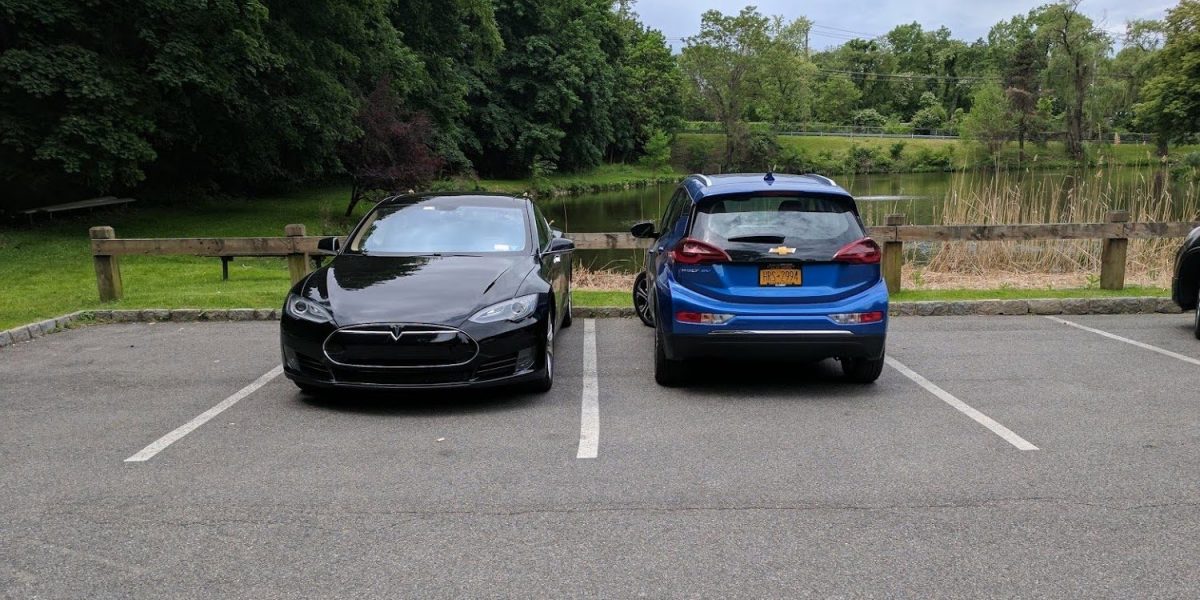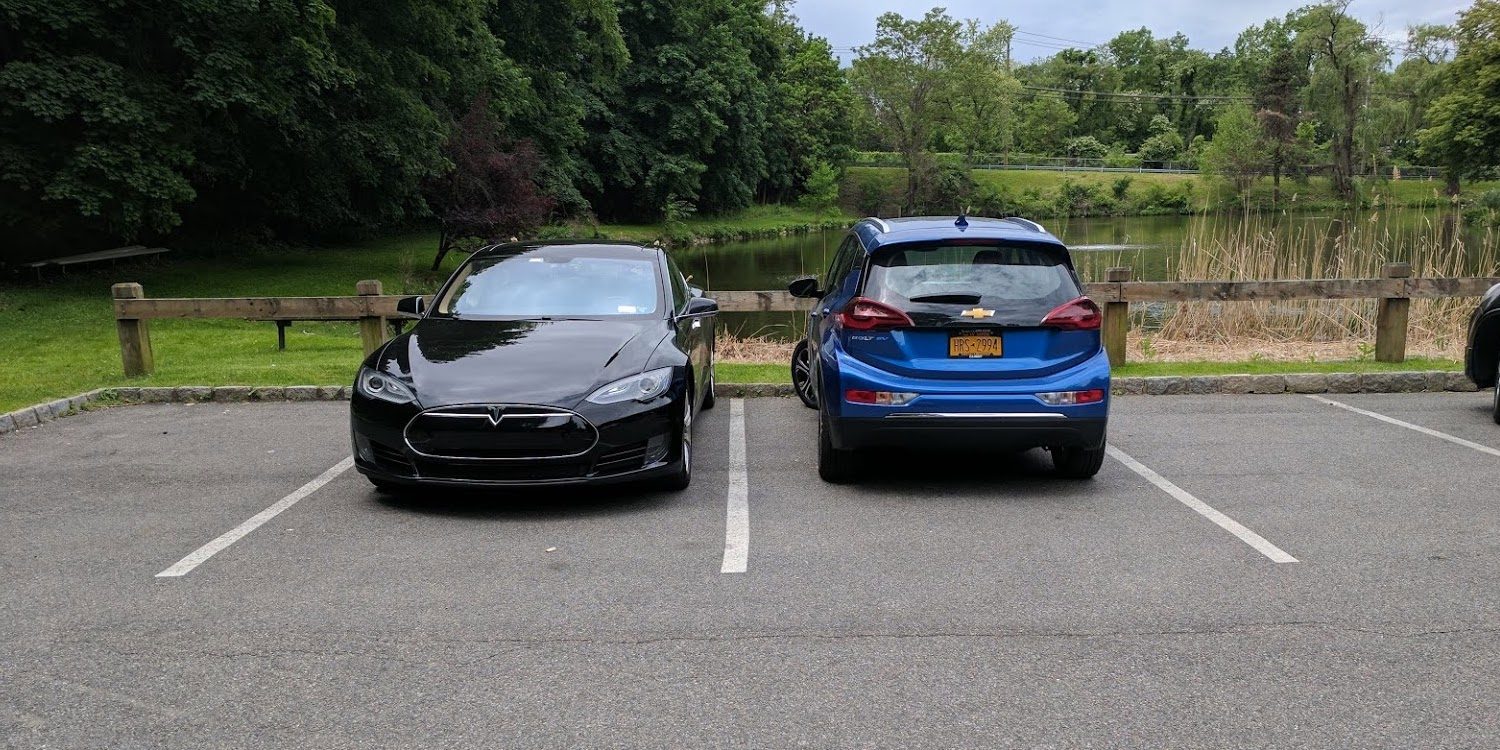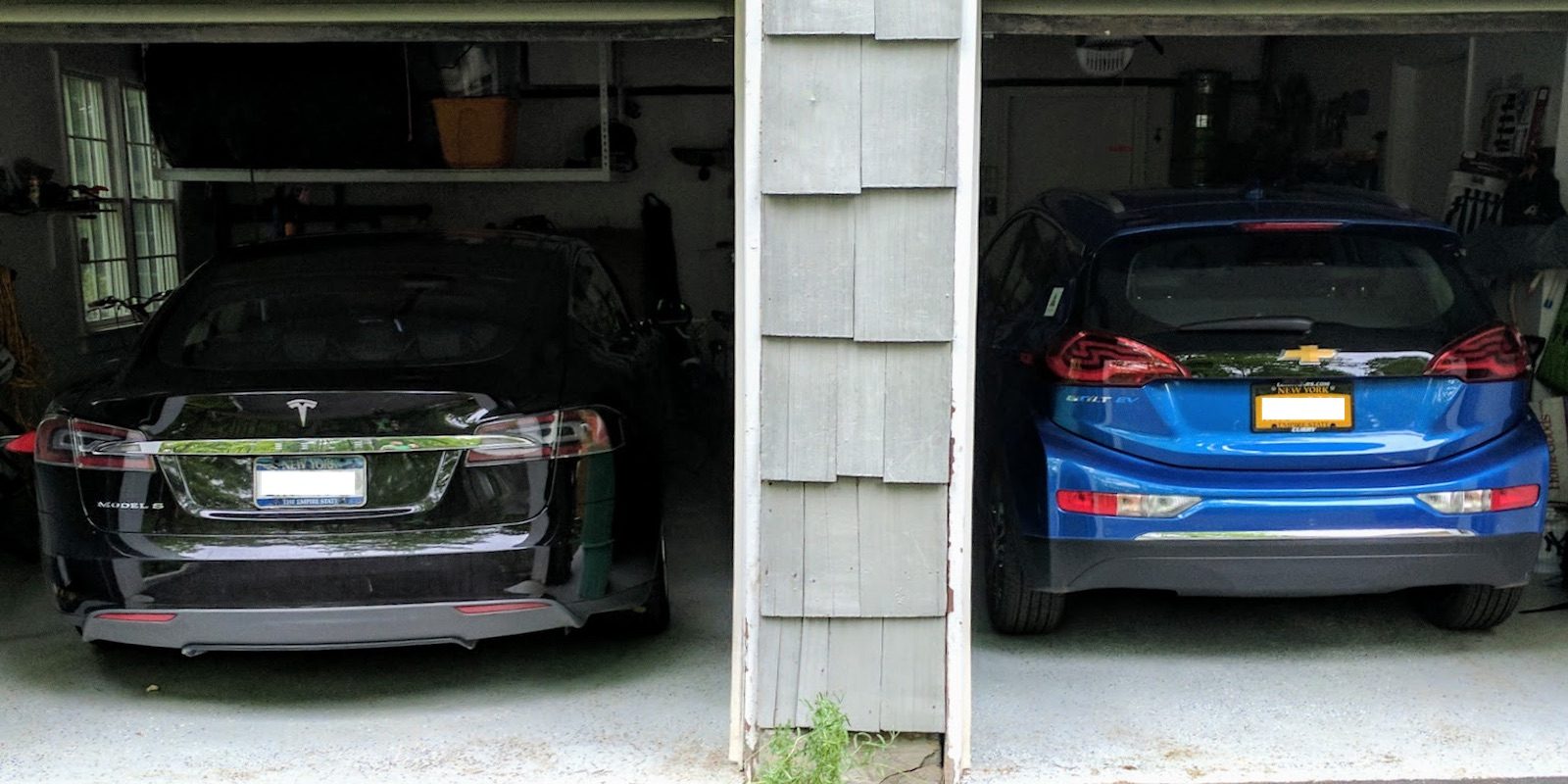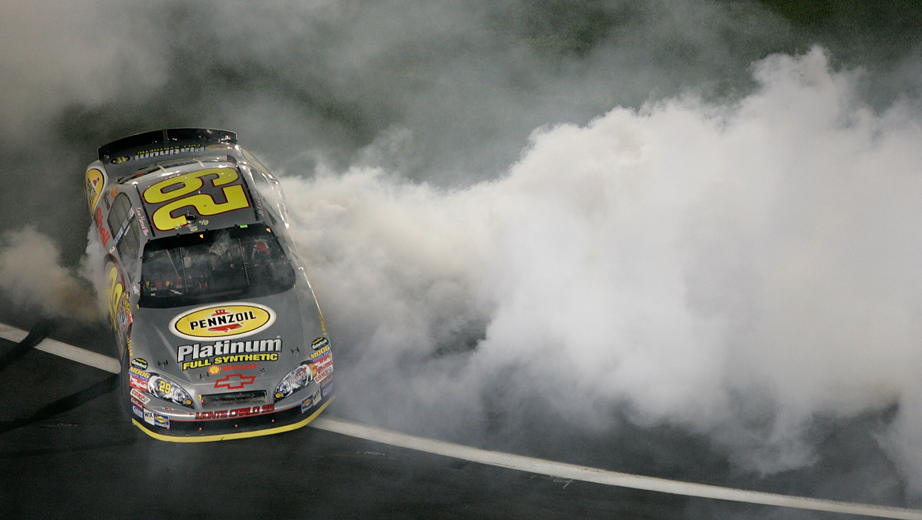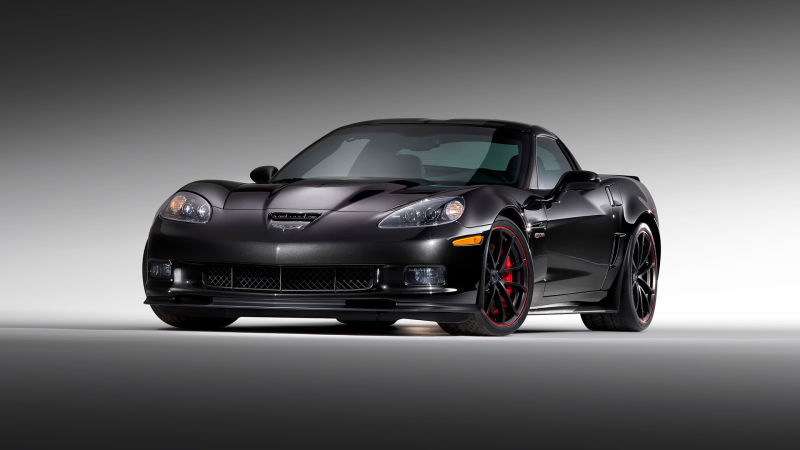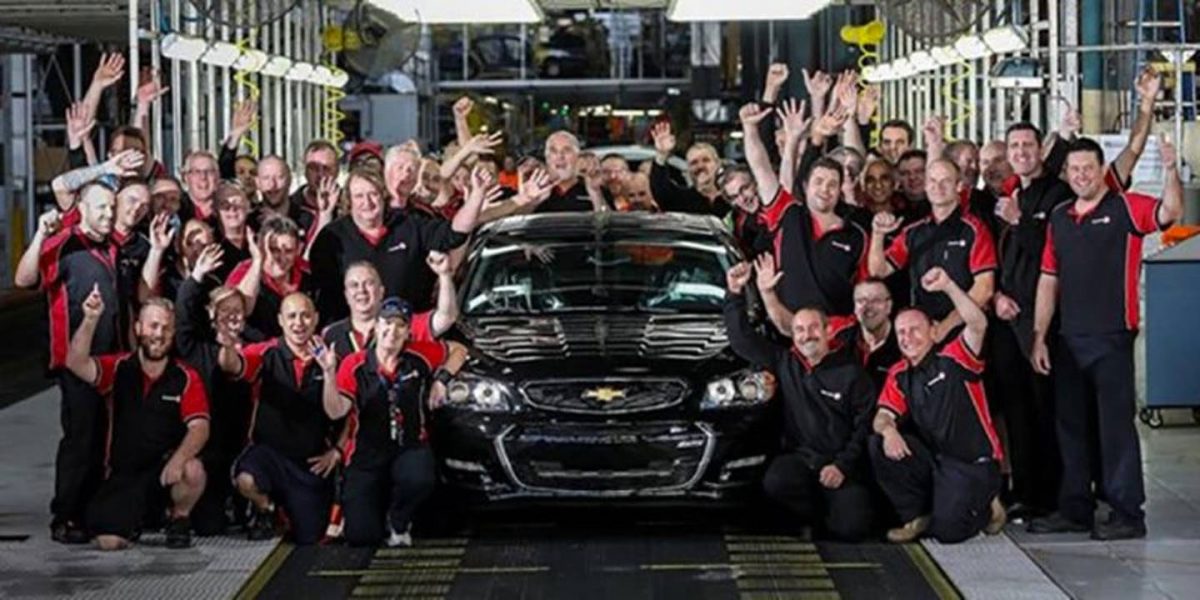Chevrolet’s full-size crossover has a price tag ahead of its launch later this year. The base 2018 Chevrolet Traverse will start at $30,875, an increase of $1,280 over the outgoing, least expensive 2017 Traverse.
Want to get your 2018 Chevy Traverse order in early? Call our Customer Care Team at 630-898-9630 or visit our website at www.WestphalChevy.com.
The 2018 Traverse arrives on a stretched version of General Motors’ C1XX platform, which also underpins the 2018 Buick Enclave. While the base model keeps things relatively affordable—for a full-size crossover—ticking option boxes will cause the Traverse’s final price to climb past $50,000.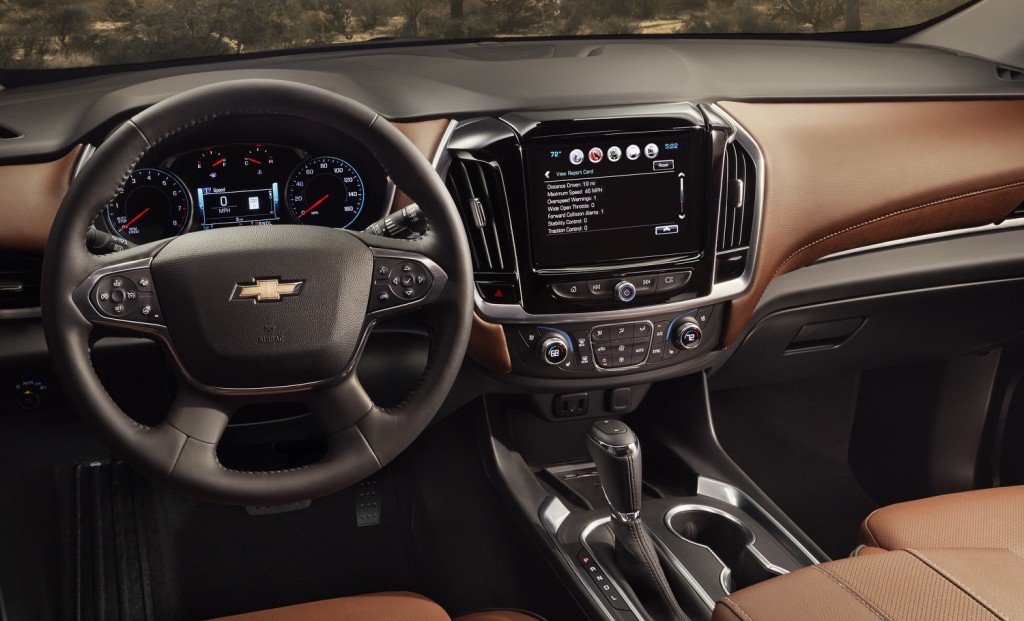
The base 2018 Traverse arrives with standard dual-zone climate control, cloth seats and a 7-inch touchscreen with Apple CarPlay and Android Auto capability. The Traverse LS starts at $32,995, while the LT trim is split into 1LT and 3LT variants.
The Traverse 1LT rings in at $35,495, while the 3LT starts to rack up the extras such as 20-inch wheels, a power liftgate, Bose audio, heated seats and a 360-degree camera system. The goodies come at a price of $42,095. Additionally, all-wheel drive can be added for an extra $3,800 to the LS, 1LT and 3LT trims.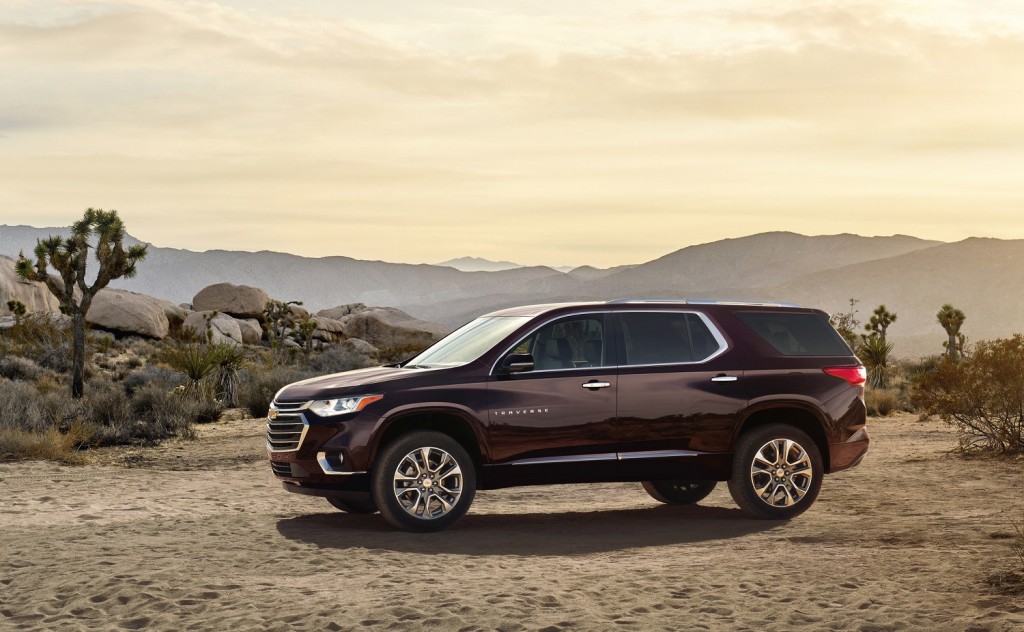
The Premier model adds additional creature comforts such as heated and cooled front seats, heated rear seats, heated steering wheel and LED headlights for $45,395. All-wheel drive is a $2,900 option for Premier models.
Finally, the range-topping Traverse High Country marks the first time buyers can take home a $50,000+ Traverse. For $52,995, the Traverse High Country includes everything found in the Premier, but adds a chrome grille, Chevy’s suite of active safety systems and includes all-wheel drive as standard.
No matter which 2018 Traverse, each is powered by a 3.6-liter V6 engine. However, it’s not the 3.6-liter LGX V6 found in many GM vehicles today. It’s actually GM’s old 3.6-liter LFX V6 with automatic start/stop added. In the 2018 Traverse—and 2018 Enclave—it’s assigned the LFY designation.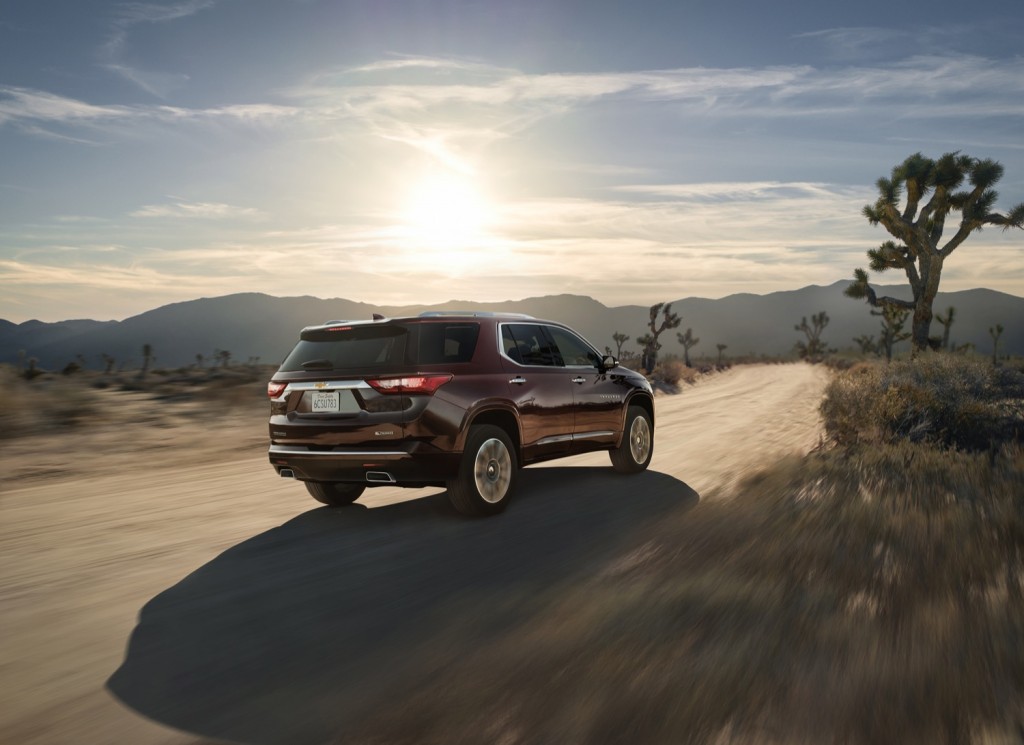
With the 2018 Traverse’s move slightly upmarket, with larger overall dimensions, it leaves a perfect space for a new mid-size Chevrolet crossover. That vehicle will likely arrive next year and carry the Blazer nameplate.
Read more: http://gmauthority.com/blog/2017/05/2018-chevrolet-traverse-pricing-starts-at-30875/#ixzz4ieWJods8Read more: http://gmauthority.com/blog/2017/05/2018-chevrolet-traverse-pricing-starts-at-30875/#ixzz4ieWED6GkRead more: http://gmauthority.com/blog/2017/05/2018-chevrolet-traverse-pricing-starts-at-30875/#ixzz4ieW6xhAiRead more: http://gmauthority.com/blog/2017/05/2018-chevrolet-traverse-pricing-starts-at-30875/#ixzz4ieVy26wBSource: 2018 Chevrolet Traverse Priced | GM Authority

